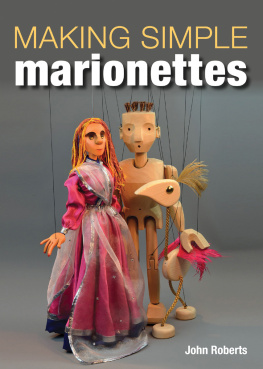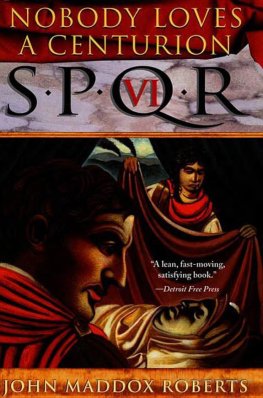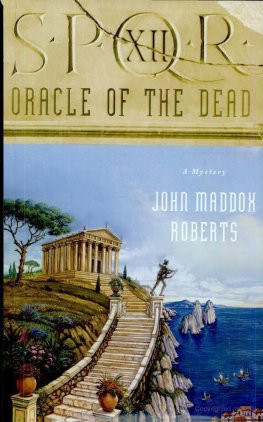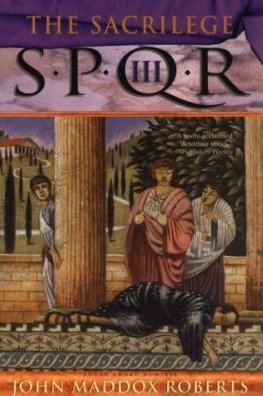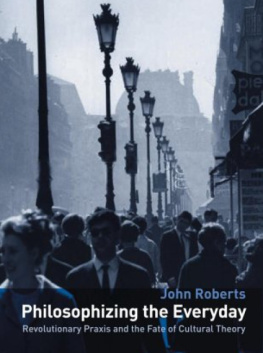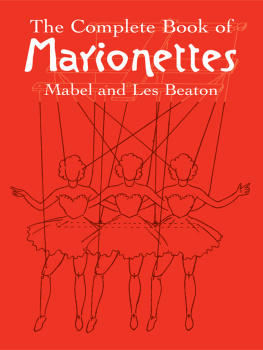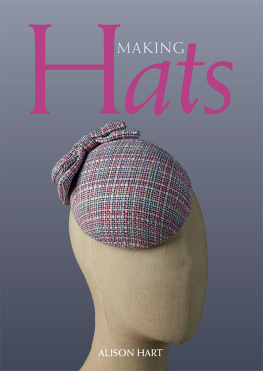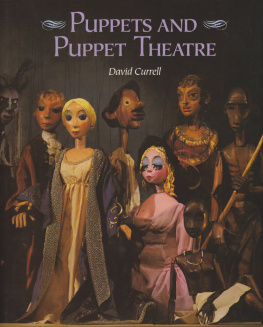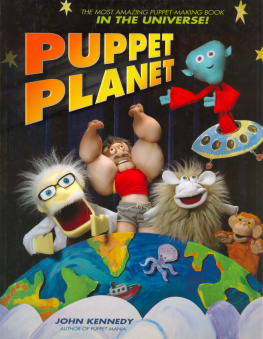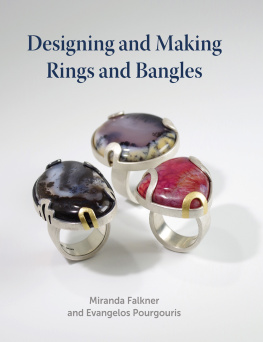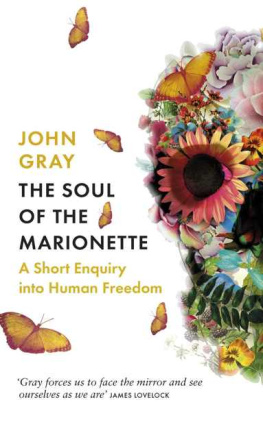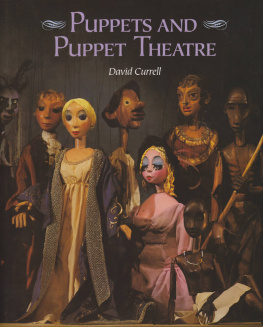MAKING SIMPLE
marionettes
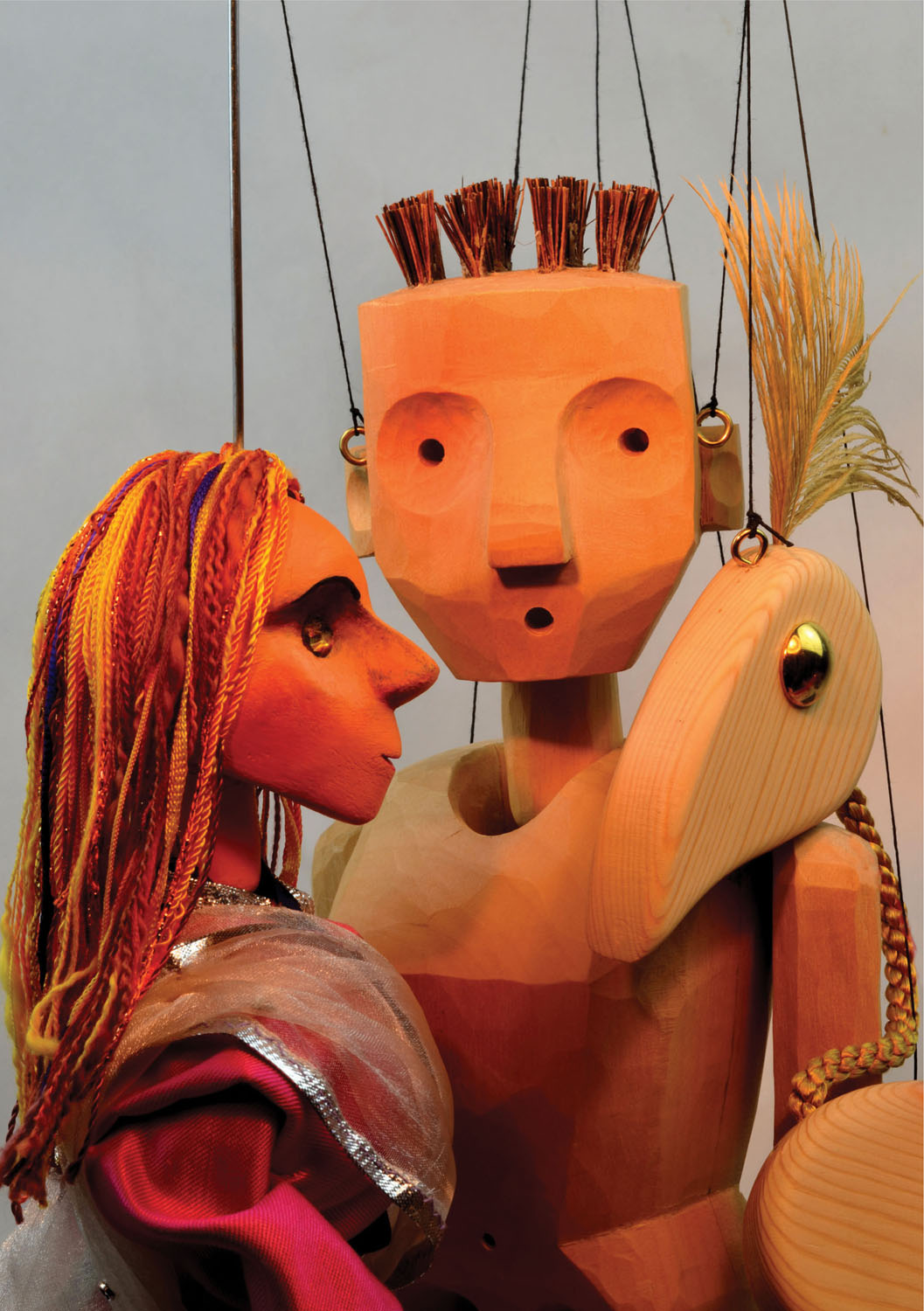
MAKING SIMPLE
marionettes
John Roberts

THE CROWOOD PRESS
First published in 2019 by
The Crowood Press Ltd
Ramsbury, Marlborough
Wiltshire SN8 2HR
www.crowood.com
This e-book first published in 2019
John Roberts 2019
All rights reserved. This e-book is copyright material and must not be copied, reproduced, transferred, distributed, leased, licensed or publicly performed or used in any way except as specifically permitted in writing by the publishers, as allowed under the terms and conditions under which it was purchased or as strictly permitted by applicable copyright law. Any unauthorised distribution or use of this text may be a direct infringement of the authors and publishers rights, and those responsible may be liable in law accordingly.
British Library Cataloguing-in-Publication Data
A catalogue record for this book is available from the British Library.
ISBN 978 1 78500 518 3
All puppets, photographs and drawings are by John Roberts and PuppetCraft unless mentioned in the text or in Puppet and Photograph Credits.
Acknowledgements
Many thanks to the puppeteers who have so generously let me use photographs of their wonderful puppets. Their work is credited in the text or listed in Puppet and Photograph Credits.
Sue Field has provided her expertise costuming the Dancer puppet, and has made two puppets especially for this book. Michael and Georgina Spurgeon have looked over my shoulder to help make sense of my writing. Thanks to Rufus for lending me his hands and a foot for some of the photographs. Thanks too to all the people family, friends, students, colleagues and audiences who have encouraged me over the years to pursue my puppetry dreams.
CONTENTS
INTR ODUCTION
Scope of this book
This book is an introduction to making simple marionettes.
My aim is to guide the reader through making three very different marionettes, and along the way learn a bit about the background of this special form of puppet.
Much of the book consists of step by step projects, each designed to use different tools and materials, starting with very simple and fast methods, working through slightly more complex techniques, and ending with the most challenging of the projects. The resulting puppets also have differences in how they can be used, who they can be used by, and for what audience.
Guidance is given on level of ability needed to complete each project, what tools and materials are needed, and how long they will take to make. All of the projects use simple hand tools and should be achievable with a moderate ability at making things.
There is an overview of different styles of puppet, with examples from around the world, to illustrate the vast range possible, and show how there are many common elements in how they are designed, made and performed.
My hope is that you will enjoy making the puppets detailed in the projects, and will use them to perform for someone, to see their happiness and amazement when you bring your creations to life.
I hope too that you will be inspired to make more puppets of your own design, see puppet shows, and find out more about this amazing art/craft form.
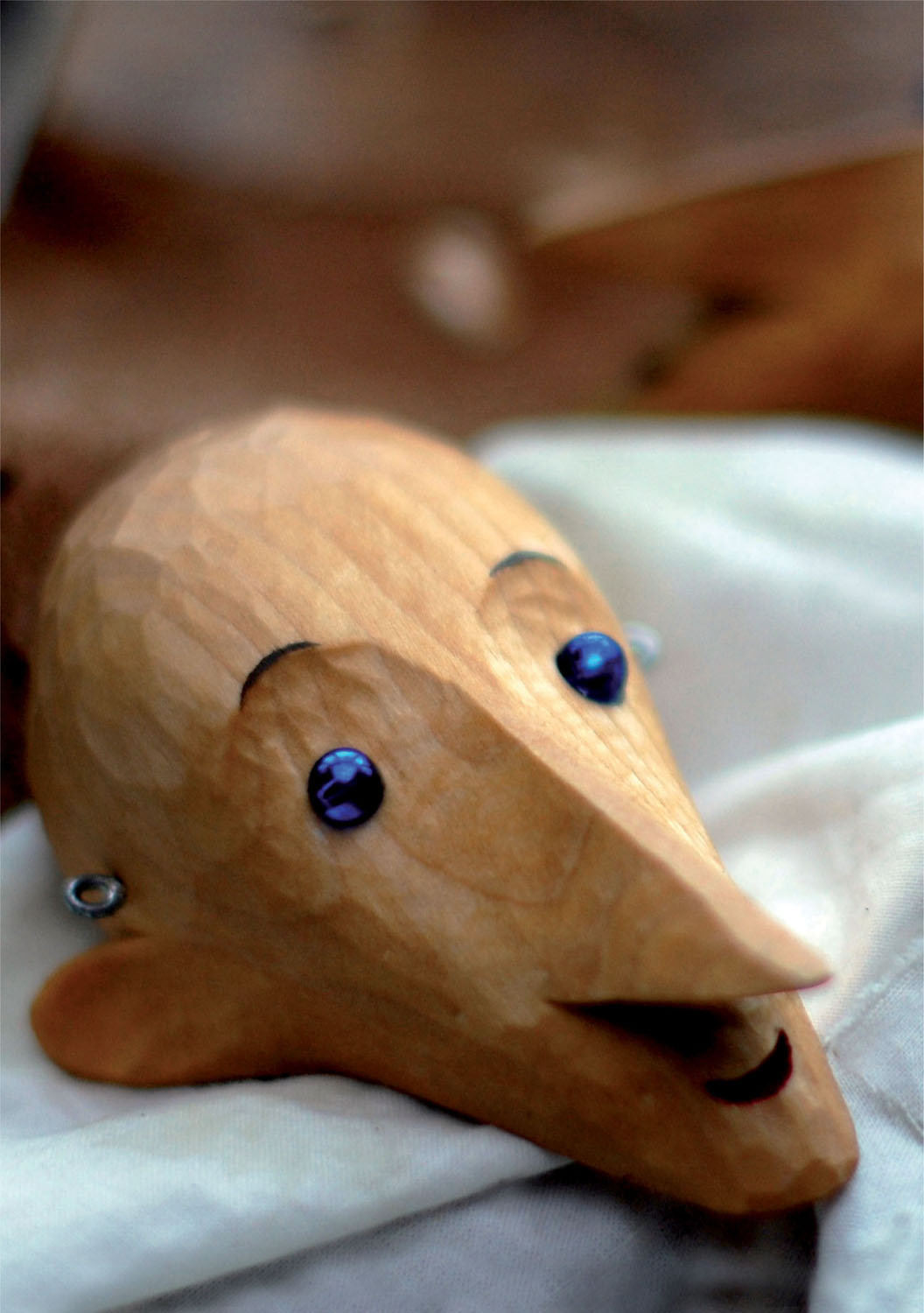
A wooden puppet head on the workbench.
How I got interested in marionettes
I was very young, around five or six, when I was given a lovely set of glove puppets, made by my brother and costumed by our mother, along with a simple little puppet stage. I made my own glove puppets and made numerous alterations to the stage, adding a proscenium arch, curtains, scenery and lighting. I used these glove puppets in their stage to put on little shows for friends and family.
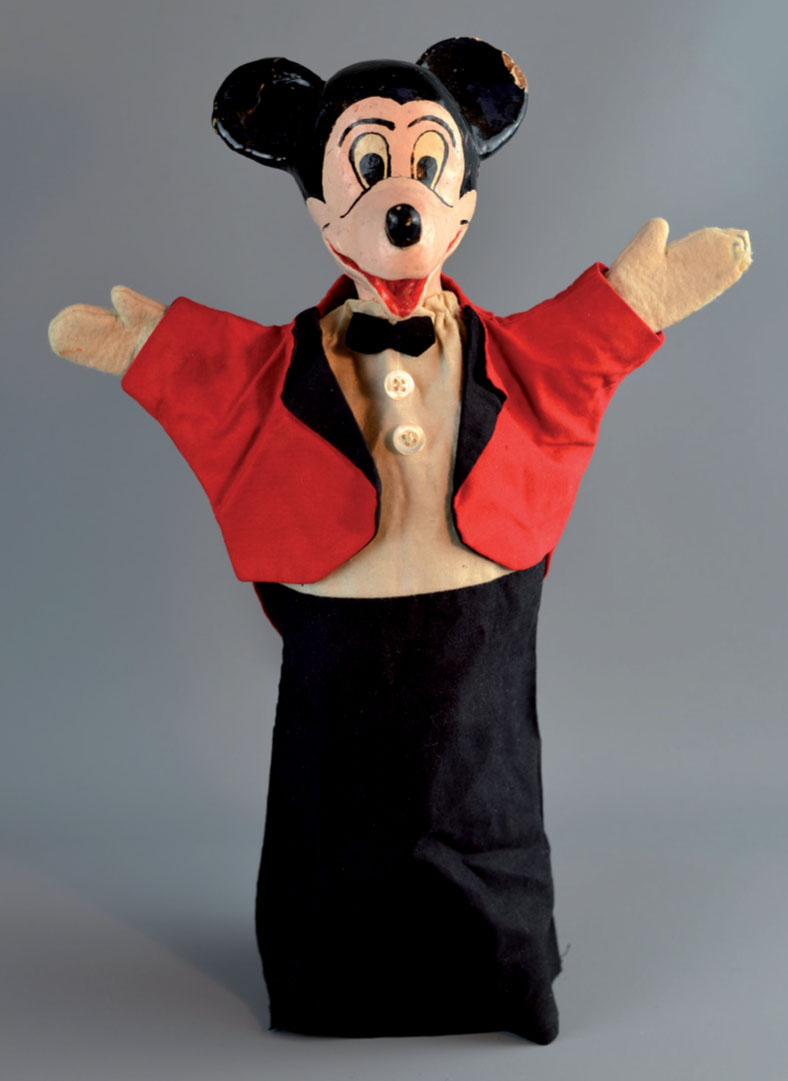
The first puppet I was given a glove puppet with a papier mch head, that although a bit chipped, has survived more than sixty years.
About the same time I was taken to see a puppet show that captivated me. I remember it as a magical production with music, voice, scenery and the most beautiful string puppets of medieval peasants and sheep. From then on my obsession was learning how to make marionettes.
Growing up in South Africa, there were very few opportunities to see professional puppet shows so I relied on books, some of which were terrible, a few were OK, and there was one little book that was inspirational: Your Puppetry by John Wright. I was given this book on my twelfth birthday and it set my future direction. The book starts with these words: This book is intended for those who propose to take their puppetry seriously and it referred to puppetry as an art. Reading this book was like having a great teacher standing next to me telling me how to make an excellent marionette. I only discovered decades later that the show with peasants and sheep, that so fascinated me, was by the author of the book.
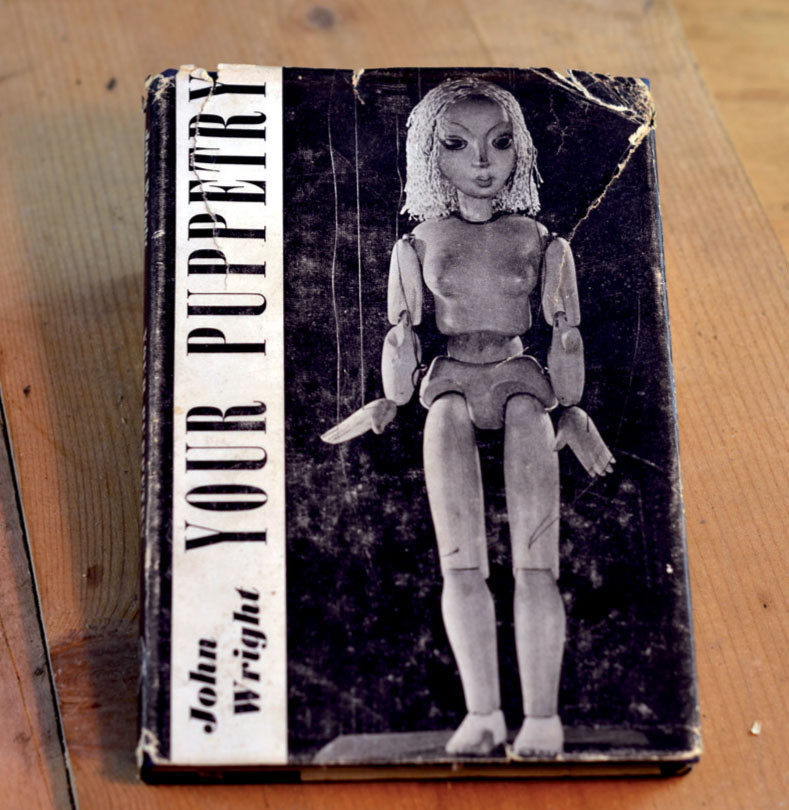
Your Puppetryby john Wright: the book that influenced me more than any other, published in 1951, the year I was born.
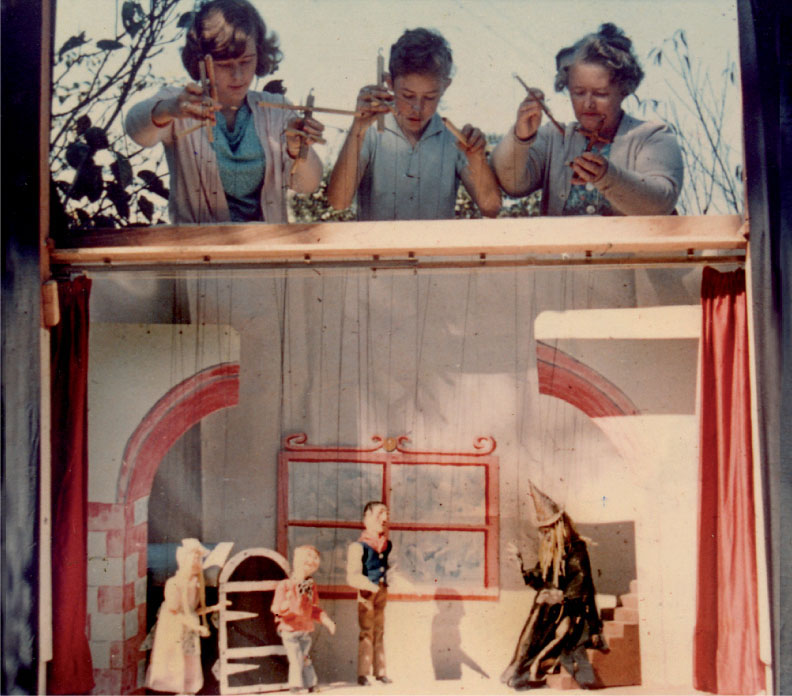
My early attempt at a marionette show ofHansel and Gretel, with the help of my sister and mother.
I carved wooden marionettes, built a large stage and coerced my parents and sister to help make puppet costumes, write a script, record music and voices and then learn how to operate the puppets.
All through my school years and even through my architectural studies at university, my interest in puppetry continued. In 1980, roughly twenty-five years after I saw that first enchanting show, I was invited to join The Little Angel Puppet Theatre, in London, as a director. This theatre was founded by John Wright, the very person whose work originally sparked my interest.
During my ten years at The Little Angel Theatre, I toured with the company around the world to puppet festivals, performing and seeing some of the best shows of the time. I even operated puppets from the show that I first saw, called Mac the Sheep Stealer.

Mac the Sheep Stealerby john Wrights Marionettes, that started my passion for marionettes in 1957.
Origins and uses of puppets
Probably the earliest puppets were made by prehistoric cave dwellers at night, using the light from a fire to cast shadows of their hands, twigs or bones onto cave walls. There is no evidence for this, but there are accounts of puppets dating to ancient times, with many world cultures having records going back thousands of years.
There is a human fascination with making inanimate objects come alive such as playing with dolls or toy cars, or pretending a hairbrush can talk. People see faces in door-handles, burnt toast, and so on. Puppetry taps into this fascination.

